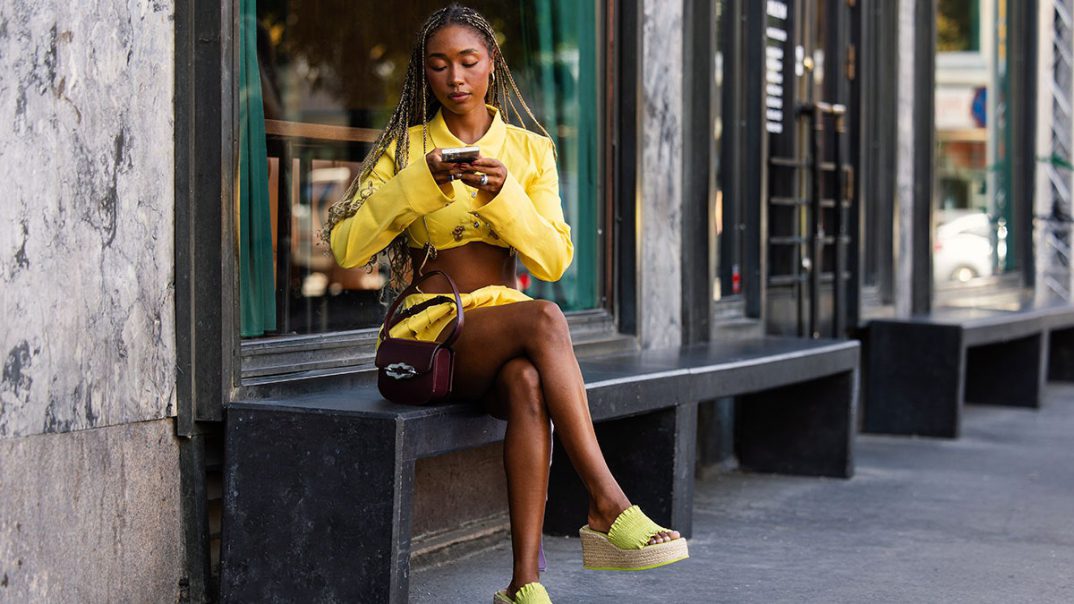LVMH, meanwhile, has an AI Factory dedicated to establishing and implementing the group’s AI strategy and education. L’Oréal Group is establishing the uses of what it calls “intentional AI”, while the Estée Lauder Companies has an AI Innovation Lab and has internal guidelines and principles for generative AI across the company.
Read More
Inside LVMH’s AI Factory
Director Axel de Goursac outlines the key opportunities for AI in luxury fashion, and reveals the one use that LVMH’s brands will stay away from.
Brands have an ethical and reputational impetus to proactively establish AI ethics protocols and best practices, says Vicky Brown, general counsel and commercial and chief privacy officer at advertising agency WPP. “To operate in this space in a transparent and ethically sound way, and to encourage consumers to want to purchase your brand, think about AI and your business through a practical lens, and the brand values that you have had in some cases for hundreds of years. The first principle is not, ‘Can we do this?’, but, ‘Should we do this?’ and, ‘Does it feel right?’ The answers to that are often extremely clear.”
Here are four key areas to consider when putting AI protocols in place.
Disclosure and transparency
California regulations, set to go into effect in 2026, require developers to disclose AI system training data and when content has been AI generated. Disclosure and transparency have emerged as key themes among consumers as well; TikTok, YouTube and Instagram require people to label AI-generated content or automatically detect if content seems to have been generated by AI. Google’s AI-generated search results now include sources for its information.
Many brands have found that their customers care more about if they were informed in advance than if creative output was impacted by AI. For example, a recent collaboration between Collina Strada and Baggu revealed that customers were not pleased when they learnt that some of the prints used in a series of bags had been created, in part, using generative AI (the product description pages disclosed that some had been “AI-conceptualised”).
“The first principle is not, ‘Can we do this?’, but, ‘Should we do this?’”
Eponymous designer Norma Kamali has been an enthusiastic adopter of AI to inspire designs, and has created a model (with consultancy Maison Meta) whose inputs are limited to Kamali’s 57-year catalogue of work. Even then, customers want to know. “You can get criticised for something that is AI, even if it’s all my intellectual property,” she says, pointing out some comments that the brand has received on social media, including some misguided assumptions that it is “using AI to sell clothes”.
“Transparency for the consumer is essential,” Brown says. She recommends an icon to indicate an AI-generated image and its sources. This disclosure extends to when customers are engaging with an AI chatbot, or when and how a brand is using customer data, says Gina Bibby, head of the global fashion tech practice at law firm Withers.




